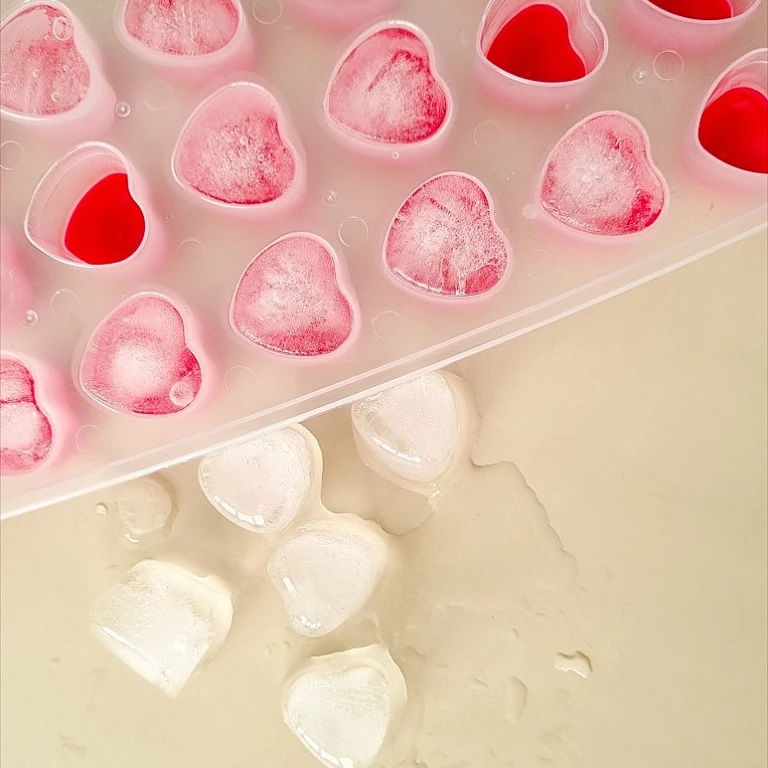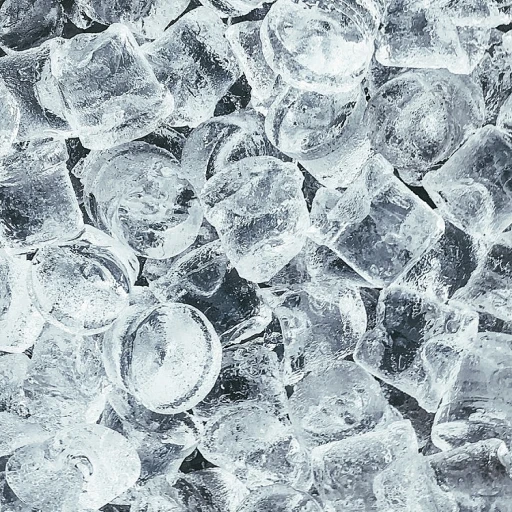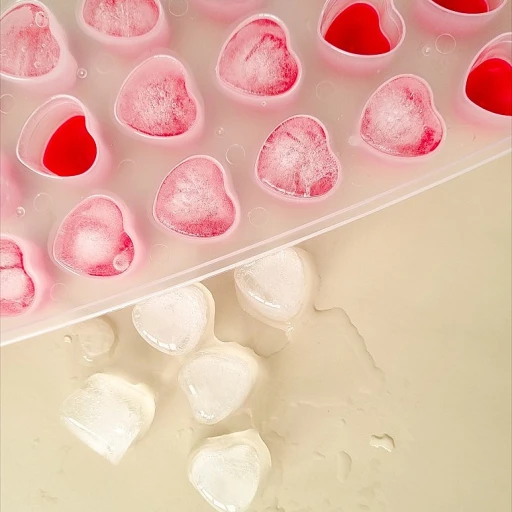The Evolution of Ice Maker Energy Efficiency: Paving the Way for Greener Appliances
The Pioneering Leap Forward in Sustainable Ice Production
The journey to energy-efficient ice makers has been a pivotal aspect of the green appliance revolution, a pursuit reflecting the global push towards sustainability. In recent years, the market has witnessed a significant uptick in demand for appliances that are not only cost-effective but also environmentally responsible. According to the Energy Information Administration, refrigeration appliances, including ice makers, account for approximately 7% of household electricity consumption. The evolution of ice makers has been driven by innovative technologies aimed at reducing this energy footprint.
State-of-the-art ice machines now embody advancements in insulation materials, cutting-edge refrigerants, and smart, energy-monitoring software that have been game-changers in the industry. For instance, magnetic refrigeration, an emergent technology, has shown potential in increasing energy efficiency by an astounding 20-30% compared to traditional vapor-compression systems, as reported by the International Institute of Refrigeration.
A Milestone in Energy Conservation Strategies
Manufacturers are not only improving ice makers from the inside out; they are also integrating clever design features to optimize energy conservation. The inclusion of air-cooled condensers, for example, has minimized water usage, thereby addressing both power and water conservation—with some models boasting up to a 98% reduction in water waste, according to recent studies from the American Council for an Energy-Efficient Economy (ACEEE).
Furthermore, the Energy Star certification has become a beacon for consumers seeking energy efficient ice makers. Energy Star certified models are required to be at least 10% more energy efficient than the minimum federal standards, a benchmark that has catalyzed the production of some of the most energy-efficient ice makers on the market to date. This paradigm shift is instrumental in not just curbing operational costs but also in significantly reducing the carbon footprint of ice production.
Refrigerants and Their Impact on Ice Maker Energy Efficiency
In the context of refrigerants, a key component in the functionality of ice makers, the shift towards low-global warming potential (GWP) alternatives, such as R290 (propane), is noteworthy. Innovations in refrigerants are critical as they can reduce the GWP by up to 99.8% when compared to traditional refrigerants like R404A, as highlighted by the Environmental Protection Agency (EPA).
Discerning consumers and businesses now prioritize ice makers that align with these advancements to not only ensure compliance with tightening regulations but also to position themselves as environmentally conscious entities. As the industry progresses, the continuous rollout of high-performance, eco-friendly ice makers will be an essential driver in the move towards green consumerism.
Understanding the nuances of energy efficiency in ice makers is crucial for making informed purchasing decisions. For further insights into making your ice maker more energy efficient, refer to the comprehensive guide on cool runnings and the energy-saving marvel of efficient ice makers.
Practical Tips to Enhance Your Ice Maker's Energy Efficiency
Maximizing the Efficiency of Your Ice Machine
Energy-efficient ice makers are not only beneficial for the environment but can also lead to significant cost savings. According to the Energy Information Administration, the commercial sector accounts for approximately 18% of total U.S. energy consumption, with a notable portion of that being utilized by commercial refrigeration 1. By optimizing your ice maker's energy use, you can contribute to reducing this figure. A study by the Consortium for Energy Efficiency found that ENERGY STAR-certified ice machines are up to 15% more energy-efficient than standard models 2.
Regular Maintenance: Key to Energy Conservation
Maintaining your ice maker regularly ensures that it operates at peak efficiency. The National Sanitation Foundation (NSF) underscores the importance of cleaning and sanitizing ice machines every six months to prevent scale build-up, which can increase energy consumption by up to 30% 3. Moreover, regularly replacing water filters can improve energy efficiency and enhance the quality of ice produced.
Adjusting Settings for Optimal Performance
Adjust the settings of your ice machine to match your specific requirements. Overproduction of ice not only wastes energy but also burdens the freezer with extra load to keep the unused ice frozen. By tailoring production levels to actual usage patterns, a notable reduction in energy expenditure can be achieved. The American Council for an Energy-Efficient Economy (ACEEE) reports setting the correct size and timer of your ice machine could lead to 10-15% energy savings 4.
Smart Upgrades with Advanced Technology
Updating to an ice maker model with advanced features, such as digital controls and energy-saving modes, can make a substantial difference in energy usage. A study published by the International Journal of Refrigeration showed that ice makers with adaptive controls reduce energy consumption by up to 20% compared to traditional machines 5. Select devices with the ENERGY STAR label to ensure you're investing in top-tier energy-efficient technology.
Energy-Efficient Add-Ons to Boost Savings
Consider integrating energy-efficient add-ons such as air-cooled or water-cooled ice machines depending on your geographical location and water costs. The U.S. Department of Energy notes that air-cooled ice machines are generally more energy-efficient than water-cooled models in areas where water usage is expensive 6. These add-ons can also help maintain the ice maker's performance while reducing overall energy consumption.
Visit our latest examination of ice maker advancements to understand how energy-efficient ice makers can lead to greener and more cost-effective operations.
-logo-retina.jpg)









